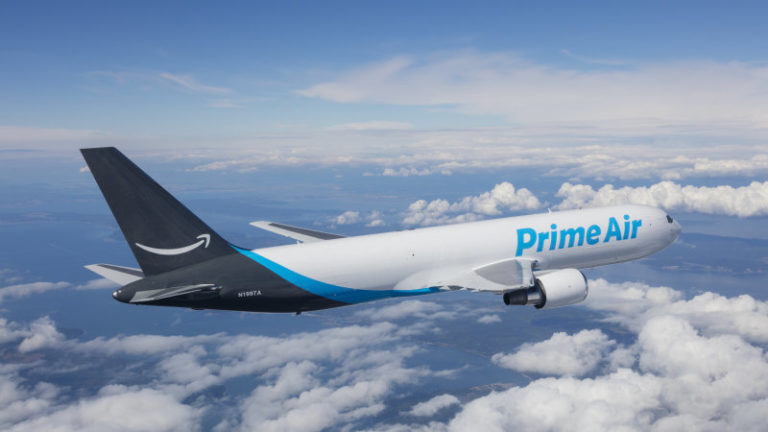Amazon Air sees growth in North America and scales down in Europe. The analysis, titled "A Tale of Two Continents" and dated March 21, 2024, by the Chaddick Institute for Metropolitan Development at DePaul University in Chicago, highlights a diverging strategy of Amazon Air between North America and Europe. While in North America, the airline has increased investments and expanded its network of hubs, in Europe, it has made significant cuts, even closing its largest hub at Leipzig/Halle.
The study, which is based on public data and covers Amazon Air's activities from March 2023 to March 2024, shows that despite global economic challenges, Amazon Air has increased its cargo capacity by 4.9% thanks to larger aircraft and an effective streamlining of its network in the United States. The company reduced flights not connected to hubs and increased daily flights at key hubs such as Cincinnati-Northern Kentucky, Lakeland in Florida, San Bernardino, and Wilmington in Ohio.
In Europe, however, Amazon Air's flight operations have decreased by more than a third over the last year, marking a stark contrast with the expansion observed in North America. This change may be attributed to the altered relationship with DHL, leading to the closure of the Leipzig/Halle hub and the cessation of operations at Cologne/Bonn. Amazon Air's current network serves ten airports in Europe, including Italy's Malpensa, slightly down from the peak of thirteen airports at the start of 2021. Between 35% and 40% of the European population lives within 100 miles (161 km) of an Amazon Air airport, coverage that, although lower than 75% in the United States, has remained relatively unchanged over the last two years.
However, the scaling down of European airports highlights the exception of Malpensa, which maintains a stable role in Amazon's network. Specifically, the Lombardy airport reached a peak of twelve daily flights in 2021, positioning it just after the Leipzig hub in terms of flight volume, and has now stabilized its activity at an average of 5.4 flights per day. The report indicates that Malpensa's operations are not primarily focused on the rapid movement of goods between airplanes, unlike what is observed at other major Amazon Air hubs.
The report emphasizes Amazon Air's growing focus on hubs and the reduction of point-to-point flights, making its network in the United States similar to those of FedEx and UPS. This change indicates a strategy oriented towards rapid package delivery and efficient inventory management rather than mere freight transport. Key findings of the research show a 4.9% increase in cargo capacity over the last twelve months, thanks to the addition of three Boeing 767s and an Airbus 330; a simplification of the network in North America, with the cessation of services at six U.S. airports; and a clear preference for airports with ample space for warehouse development and optimized cargo delivery times.
In the United States, Ohio emerges as the strategic center for Amazon Air, accounting for over half of the flights within the continental U.S. The Cincinnati-Northern Kentucky hub, in particular, saw the most significant increase in activity, with average flights increasing from 57.5 to 63.3 per day. Analysts conclude that the airline appears well-positioned to continue playing a key role in global logistics, with a particular focus on rapid delivery capability and efficient inventory management.

































































